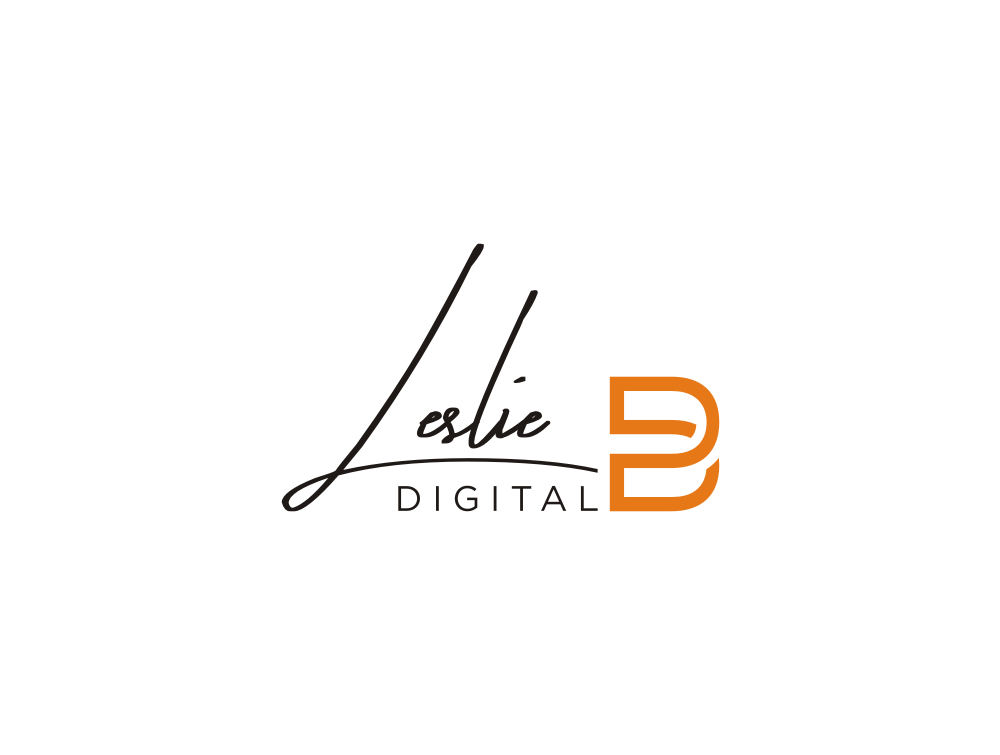Imagine a consumer who has a compulsive desire to share and promote your product on social media for free. Imagine a swarm of consumers who simply can not help but take selfies with your product and send it to all of their friends. Imagine those friends rewarding the consumer with those oh so satisfying likes, all while being happily exposed to your branding. This is the power of selfie marketing. And it has deep psychological roots.
Most of us have long suspected that there might be something a little “off” about the type of person who constantly posts selfie after selfie as if we don’t already know what they look like at a 70-degree angle in the driver’s seat of their car. So, it may not come as a huge surprise that the American Psychiatric Association has classified that behavior as a mental disorder. And it also may not come as a surprise that tapping into the compulsive nature of that disorder can result in an extremely effective marketing campaign. Case in point: Snapchat.
Sponsored Snapchat lenses are one of the app’s most lucrative ad formats––allowing users to take and share branded selfies. The augmented reality experience has been used by the likes of L’oreal, Taco Bell, and Gatorade to generate millions of voluntary impressions. L’oreal gave users virtual eyeliner. Taco Bell’s taco mask was used over 224 million times. And Gatorade generated 165 million impressions in 48 hours with its 2016 “digital dunk” Super Bowl lens. Based on the estimated $750,000 price tag for a 24-hour sponsored lens, we can assume the ROI was great enough to justify a 2017 “digital dunk” comeback. All thanks to the power of selfie addiction.
These large-scale campaigns serve to show the effectiveness of providing tools to encourage user-generated branded content. Whether it’s a multi-million dollar Snapchat lens or a funny cardboard frame paired with a hashtag at an event, selfie photo-ops lead to organic ad impressions because they piggyback on a pre-existing need to post evidence of a happy life.
Selfies help to temporarily fill the need for attention and validation. A good excuse to take a selfie helps to pull in that attention while masking desperation. So, if a user’s life isn’t exciting enough to warrant frequent selfies, if there is no good excuse, a fun and interactive marketing campaign can serve as reason enough to reach out for those likes––simultaneously filling an emotional void without shame while boosting brand recognition. Told you this would be dark.
Obviously, not every selfie is a result of this psychology. But every selfie does live alongside it. Whether we like it or not, we live in a world where self-portraiture is normal, if not sometimes necessary (and yes, sometimes fun). So, when in Rome…..come on down to Crazy Caesar’s Mattress Emporium! Take a selfie with Caesar and be sure to tag us using #Rome4Ever for a chance to win a free mattress and tickets to the Colosseum! That’s Crazy Caesar’s Mattress Emporium––Because the sun never sets on this empire, but you still need to get some sleep! ™


